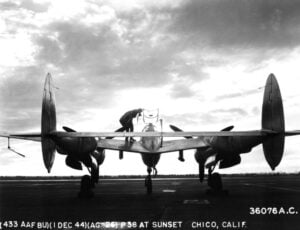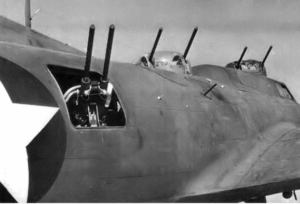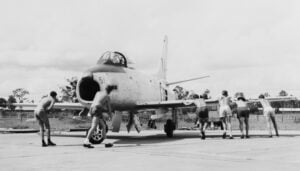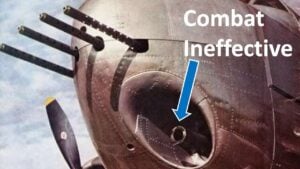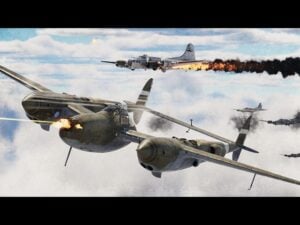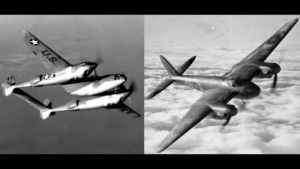The Japanese Secret Supercarrier Only Seen Twice in WW2
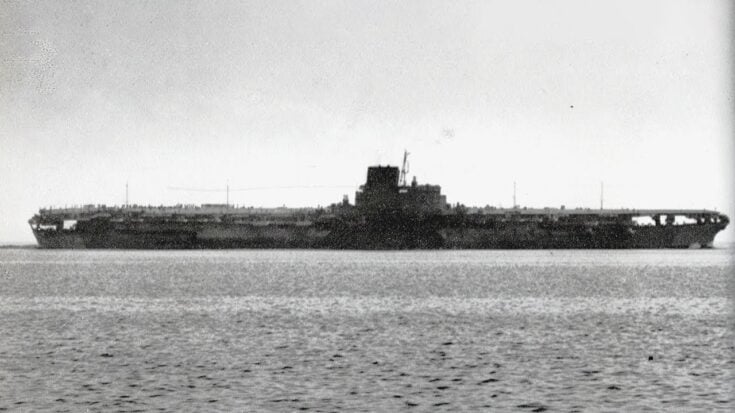
YouTube / Dark Docs
Shinano began as the third Yamato class battleship but was reshaped during construction into a support carrier. The decision came after the loss of four Japanese fleet carriers at Midway, and leaders believed a heavily protected support ship could help the Imperial Navy regain momentum. Its existence was treated as a national secret. Concrete walls and a full roof concealed the dry dock, workers stayed on sixteen hour shifts, and no one outside the project was allowed near the site.

Conversion Under Pressure
The shift from battleship to carrier placed major strain on the shipyard at Yokosuka. High Command demanded completion as quickly as possible, even though Japan lacked the materials and workforce to support the schedule. By late 1944 crews worked around the clock to finish Shinano.
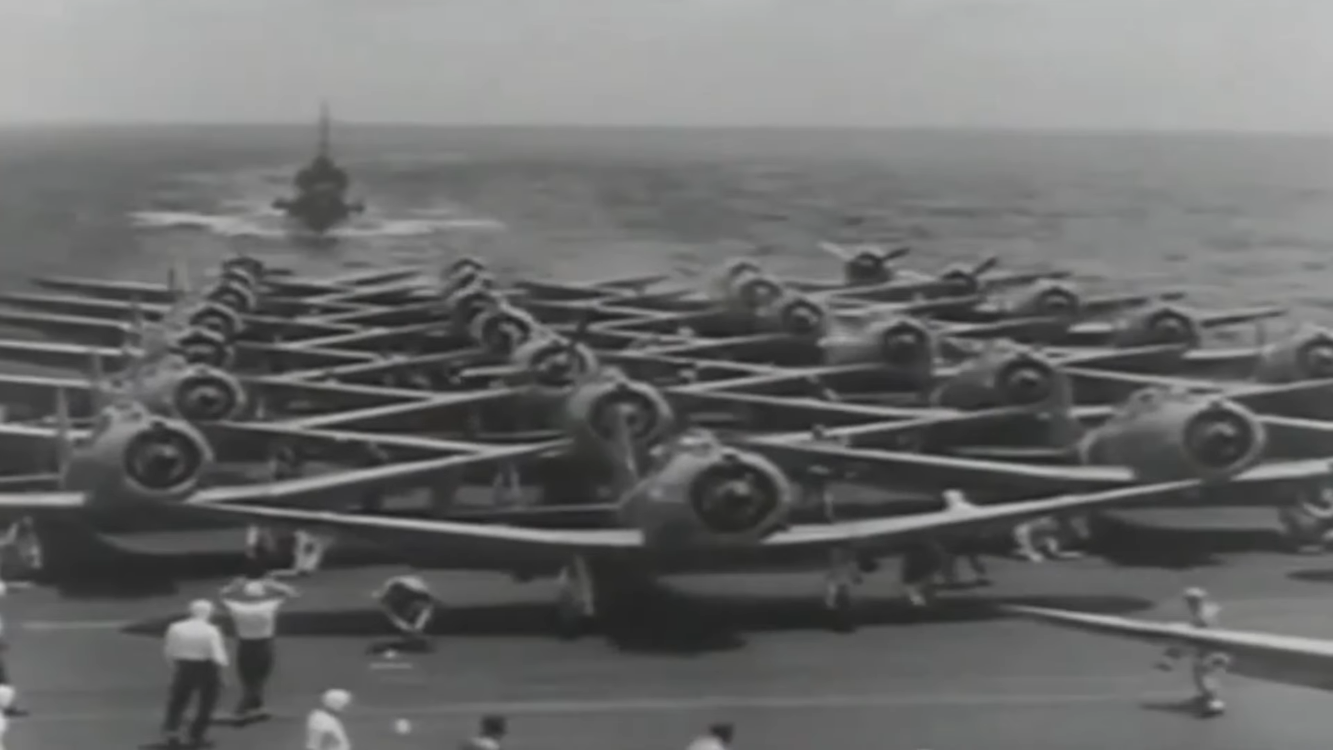
The ship launched in October and reached an operational state by November, although many systems remained incomplete. Standard watertight tests were skipped, and several compartments had unsealed openings for cables and ventilation. Boilers were unreliable, fire equipment was unfinished, and the crew had little time to train on evacuation procedures.
A Vessel Known Only Through Two Sightings
Shinano’s secrecy held. Only two photographs were ever taken during its short life. The first came from an American reconnaissance aircraft at high altitude. The second came from a civilian who photographed the carrier during early sea trials. For the rest of the war the ship remained unseen by the Allied forces until the night it left Yokosuka.
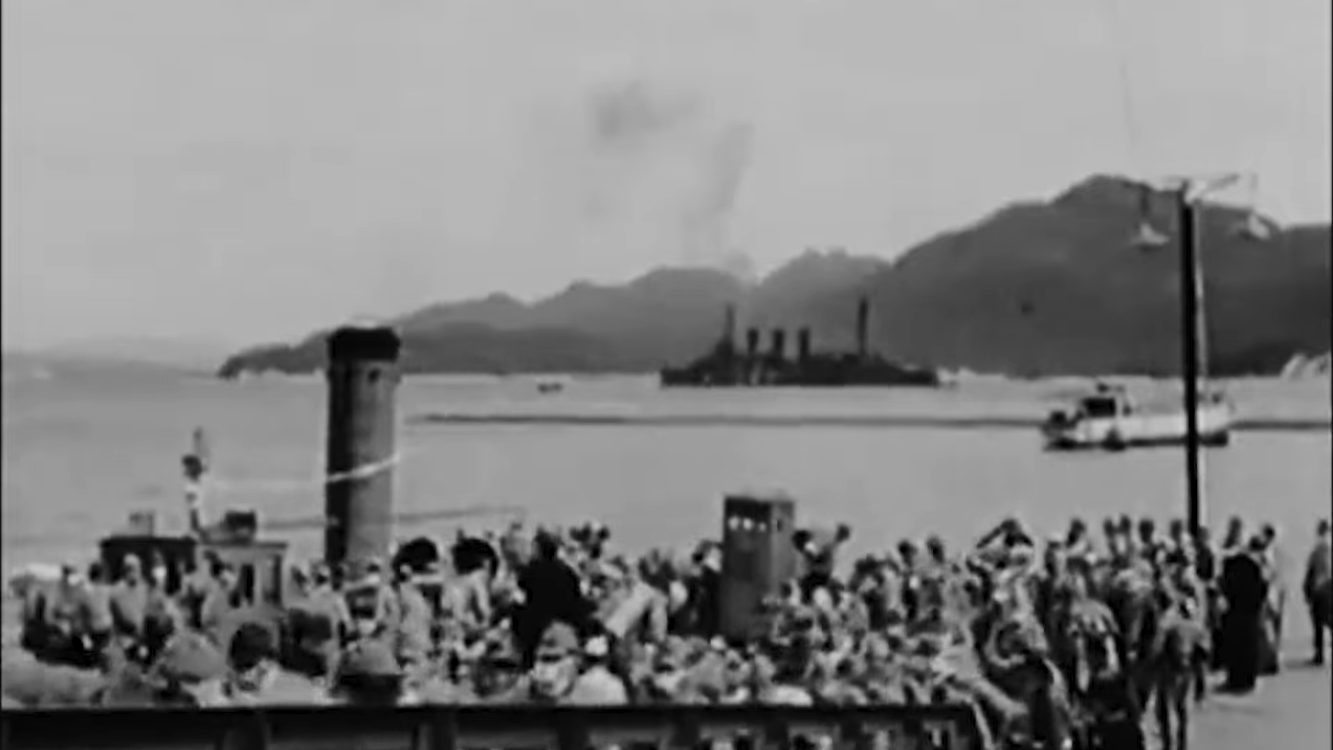
A Torpedo Attack Near the Home Islands
On November 28, 1944, Shinano departed for Kure with more than two thousand crew members and several hundred workers still completing interior work. The carrier also carried kamikaze aircraft and support equipment intended for the defense of the Philippines. Hours after departure the American submarine Archerfish detected the formation and followed it through the night. Shinano steamed in a zigzag pattern at reduced speed to avoid other submarines, which allowed the American commander to maintain contact.
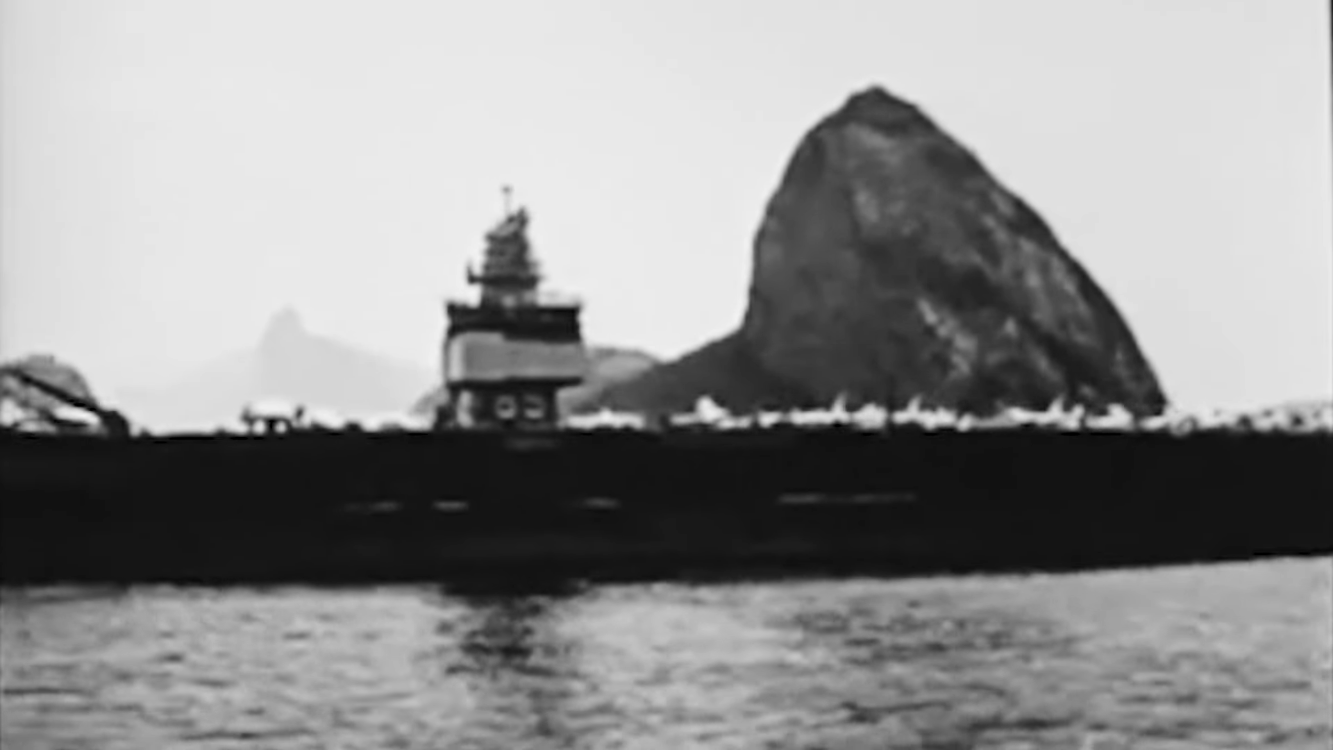
At 3 a.m. Archerfish launched six torpedoes. Four struck Shinano. Flooding spread through boiler rooms, storage areas, and the starboard side. Captain Toshio Abe believed the damage was manageable, and the ship held course at high speed which increased flooding through the unfinished watertight compartments. When stability declined, counter flooding kept the ship upright for a short period. Power eventually failed and the carrier slowed to a stop. By mid morning the crew abandoned ship.
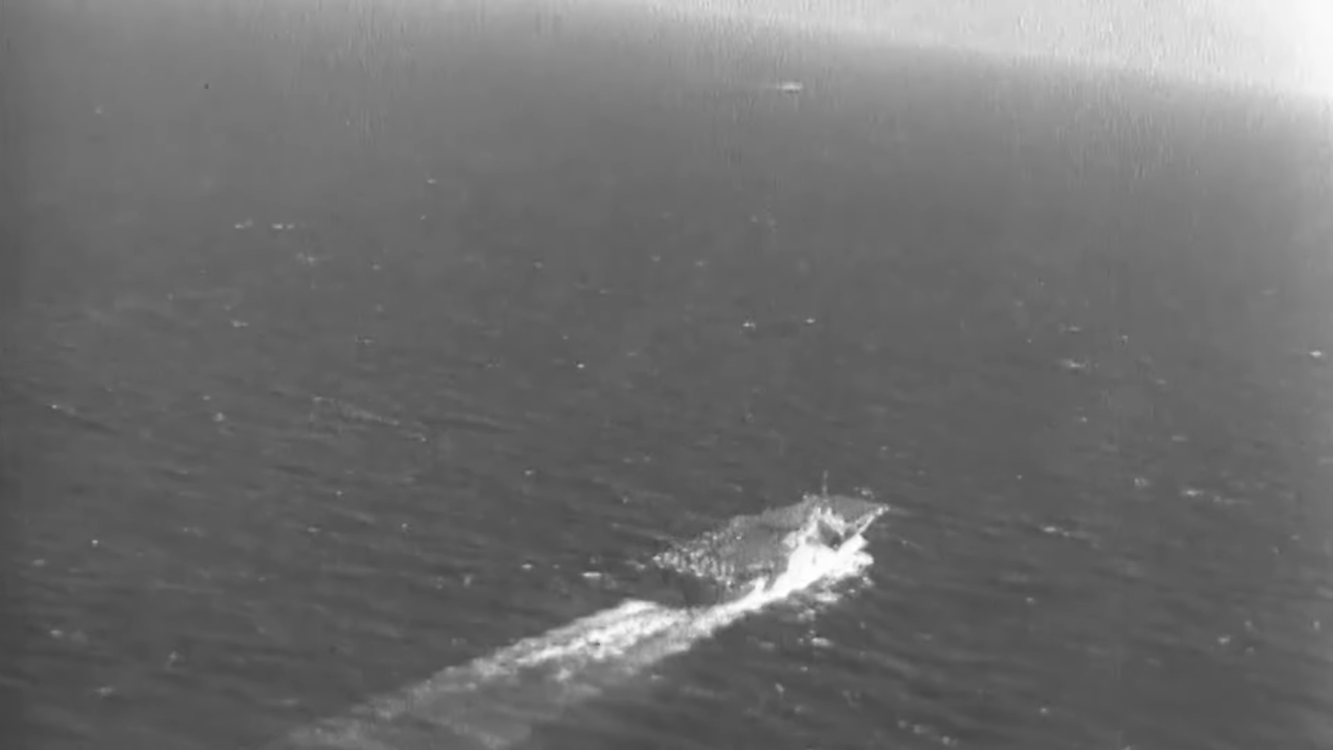
A Loss Hidden From the World
Shinano sank only sixty five miles from Japan. Survivors were isolated, and the ship was removed from the naval register to conceal the loss. The United States did not confirm the sinking until after the war. The brief life of Shinano left almost no visual record. It remains the only major Japanese capital ship of the era seen only twice in photographs, a secret project built for a war Japan could no longer control.














